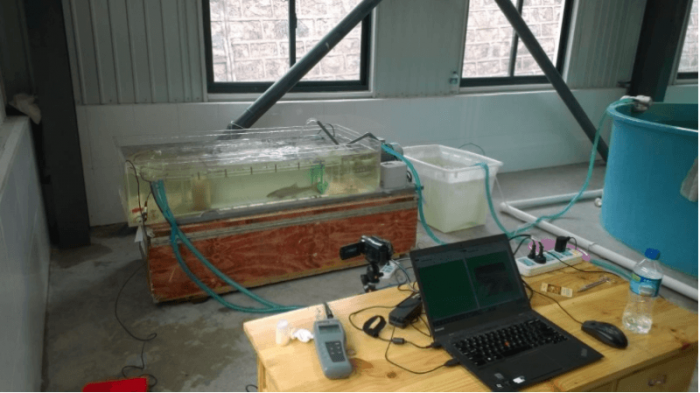
Dams have expanded rapidly in the world. People focus on issues ranging from irrigation, hydroelectric power, water resource allocation, and ecological restoration and believe it will facilitate future operations.
Although dams carry out enormous economic benefits and promote the development of society, they also influence the hydrological regime, water chemistry, and biological habitats, especially when it comes to river connectivity, often resulting in fragmentation.
Dams obstruct fish from freely moving in rivers. Many fish species have migratory behavior. For examples, many adult salmon and sturgeon migrate for long distance to spawn. Their offspring juvenile fish migrate to find food. Besides, before winter comes, some fish migrate to warmer areas. Dams might obstruct gene exchange between fish populations. Therefore, people try to design and build fishways to help fish go upstream or downstream safely and quickly. Depending on the design, fishways are classified as technical structures, nature-like structures, and special-purpose structures (such as fish lifts).
China is planning to build the Huangdeng Dam on the Mekong River. The dam will obstruct fish moving with freedom in this area. Therefore, we investigated fish information near the dam and tested their swimming ability. Then fish lift design suggestions were provided.
We made inquiries among local fishermen and reviewed the available literature. There were 20 fish species near the dam site. Then we investigated their migration habit, upstream habitat suitability, protection class, economic value, and fish resource status (five criteria). Five carps, Schizothorax lantsangensis, S. griseus, S. yunnanensis, S. lissolabiatus, and Percocypris retrodorslis, were selected as target species based on the above five criteria. Since the rest of the non-target species belong to the families Cobitidae and Sisoridae, we decided to also test two of the more common non-target species Paracobitis anguillioides (Cobitidae) and Pareuchiloglanis myzostoma (Sisoridae). Seven test fish (n=10 each species, body mass 2.7 – 588.3 g, standard length 0.063 – 0.342 m) were of a size commonly found in the river.
Fish swimming tests were carried out in a swimming respirometer (Figure 1). We assessed swimming ability including induced flow velocity (Uind), critical swimming speed (Ucrit), and burst speed (Uburst). The relationship of swimming ability to body length was also analyzed.

Figure 1: Work photo. Image courtesy Lu Cai
This research led to three primary findings: (I) The Uind and Ucrit (m/s) were positively correlated with fish length, but the relationship between the absolute Uburst (m/s) and fish length were inconsistent. (II) To help more fish migrate successfully, the flow that was 90% effective in reaching the desired endpoint (EF90) was used to set fish lift design criteria for flow velocity. The EF90 value for Uind was 0.17 m/s and the values for Ucrit and Uburst, were 0.62 m/s and 0.87 m/s. (III) Recommended velocity criteria for the fish lift are as follows: entrance velocity, 0.37 – 0.87 m/s (0.6 Ucrit-EF90 – Uburst-EF90); passageway velocity, 0.17 – 0.50 m/s (Uind-EF90 – 0.8 Ucrit-EF90); holding chamber velocity, 0.17 – 0.37 m/s (Uind-EF90 – 0.6 Ucrit-EF90). The approach developed in this case study has potential as a general method for determining target species and setting flow velocity criteria for fishway design.
This research is described in the article entitled Case study: Targeting species and applying swimming performance data to fish lift design for the Huangdeng Dam on the upper Mekong River, recently published in the journal Ecological Engineering. This work was conducted by L Cai and P Zhao from the Institute of Hydroecology, Ministry of Water Resources and the Chinese Academy of Sciences, C Katopodis from Katopodis Ecohydraulics Ltd, D Johnson from Ferrum College, and P Zhang from Wuhan University.









